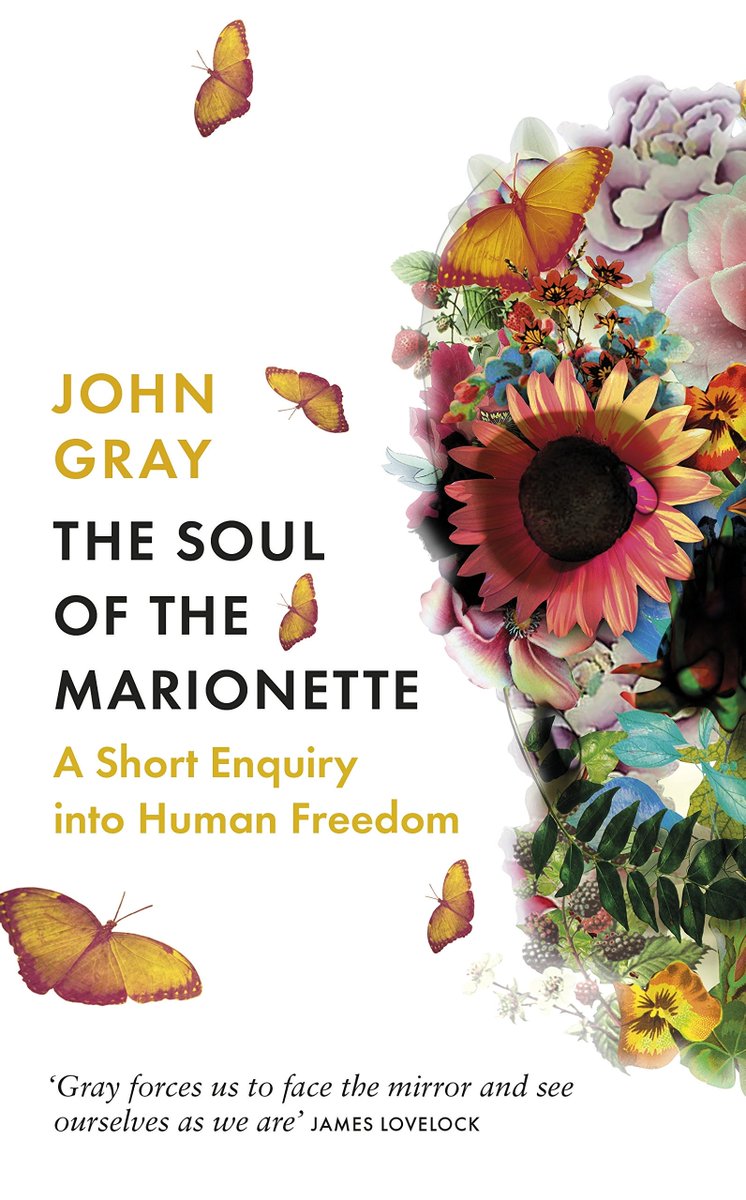So often we have a great beginning for a book and an exciting ending, and then the middle chapters are just kind of...there?
The good news is that you can absolutely fix that!
BUT HEY! Not being afraid of work is like one of the top 5 key things you need to be a published writer! And structural stuff is always a ton of work to fix and that's totally fine and normal and everyone has to do it. So let's go!
1. MC gets cool powers
2. MC spends entire middle of book on the run from things trying to kill them due to cool powers
3. MC defeats villain who sent the things
A good fix for this is to reroute your plot to add some exciting twists that fundamentally change the situation! Something that completely changes the goals, stakes, or internal or external conflict.
Think how much less exciting the book would have been if she'd known from the start, or if he'd kept it a secret until the end.
Maybe your character's goals and priorities (yay growth!), maybe what they fundamentally thought was going on (yay plot/cosmology twists!), maybe the stakes (yay escalation!), maybe all of the above.
If yes, you've got an irrelevant side trip.
Without agency, sometimes it can feel like your character isn't DOING anything even when a ton is happening.
(Really, a soggy middle is just RIFE with opportunities to up the tension in your story when you fix it.)
It really helps to have your character have something that's driving or pulling them through the story. Something they desperately want to do/achieve/be.
Goals give your character a direction to push the story. They give your readers investment. Without them, you bet your middle will get soggy.
Don't do this. 😅 (Or more to the point, fix it in edits like I do.)
But then I stop and ask myself, "What if we just go pretty much straight from F to G?" Sometimes that's the right answer.
I hope this is helpful! And happy editing!!!


